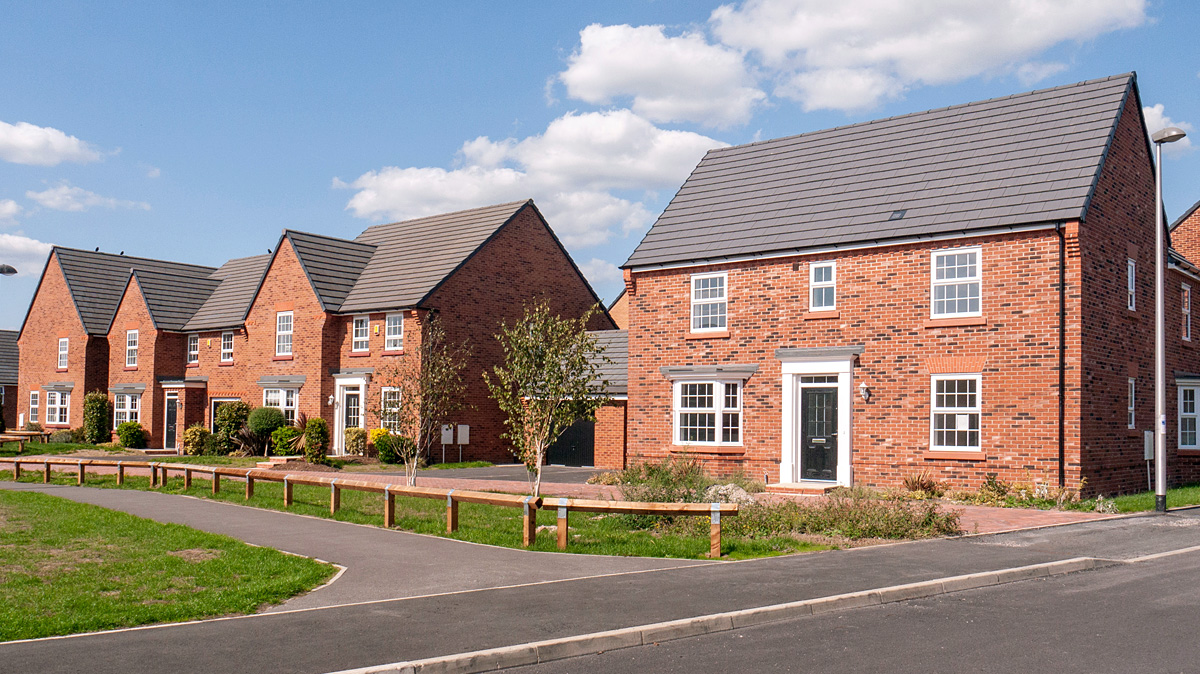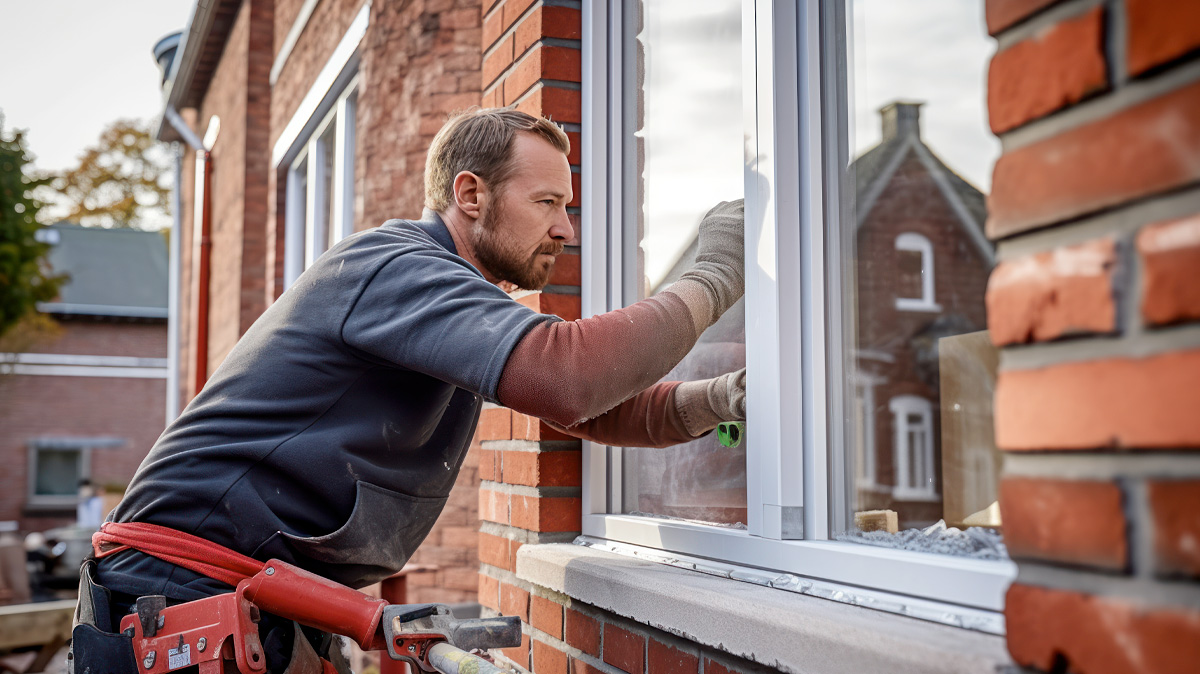Look for the PWF 'Trusted Installer' mark and benefit from professional installation and complete protection of your next home improvement project.
UK glazing on the brink of big changes
01/08/2023

UK glazing could be on the brink of one of the biggest changes in the history of its legislation. As an industry, we don‘t have long to prepare for the scale of what could be coming.
The key word here is ‘could‘. We‘ve been preparing for the Future Homes Standard, the Government‘s policy to ensure British newbuilds produce 75-80% less carbon, since 2019. However, at this time we still know very little about what the final Future Home Standards will include. Nevertheless, it‘s important to anticipate what it‘s likely to entail and how we can adapt to it.
To serve the construction sector more generally, the Future Homes Hub (a group of 170 experts from more than 100 organisations) has been established. The group has produced a comprehensive report examining the potential requirements of the ‘future home‘, examining five different approaches to achieving dwellings that meet the Government‘s aims.
The first potential specification prioritises cutting carbon by at least 75%. The second aims to closely align with the existing Part L, but adds electric heating. The third strives to balance low energy use with design flexibility. The fourth seeks to minimise the need for space and water heating, while the fifth is aimed at increasing fabric efficiency to the extent that heating systems will no longer be needed.
Each specification uses a different mix of methods and technologies to achieve the desired result.
It‘s the fourth and fifth of these hypothetical specifications that include triple glazing, and it‘s these, if they were adopted, that would cause the biggest upheaval for the UK glazing industry.
It‘s also these two specifications that are projected to offer the greatest reduction in carbon emissions, 98% and 103% respectively, and deliver the biggest cost saving for homeowners; over £400 a year for each specification.
This isn‘t only because they incorporate triple glazing; these specifications also feature a range of other technologies, including solar panels, mechanical ventilation with heat recovery (MVHR) and air-source heat pumps.
It can be argued that these two specifications are the least likely of the five to be adopted, as they‘ll inevitably be the most expensive to implement. It‘s much more likely that ministers will choose to implement one of the other three specifications the Future Homes Hub present, all of which incorporate double glazing, and less costly energy efficiency measures, while still meeting or exceeding the 75% carbon-cutting target.
It‘s important to restate that these aren‘t official proposals. They‘re the Hub‘s attempt to show what the final specifications may look like.
The Government could choose any combination of the products and technologies mentioned, or follow a different path entirely, especially when the time comes for implementing the proposals we could have a different Government in power, with their own ideas However, the possibility that the final Future Homes Standard might make triple glazing the norm for every new build in Britain should not be dismissed.
The Hub predicts that it would take twelve months for the glazing industry to scale up production and begin to offer the numbers of triple glazed units needed. This may be overly optimistic; the machinery alone could have lead times of twelve months.
However, I believe we still have time to prepare but it‘s essential to act now. As an industry, it‘s vital we engage with the big issues, follow any developments that might give us more idea what the final Future Homes Standard will look like, and work together to deliver thermally efficient housing for the net zero age.





